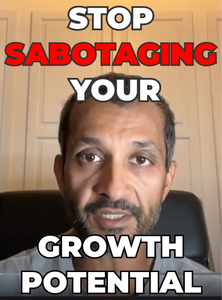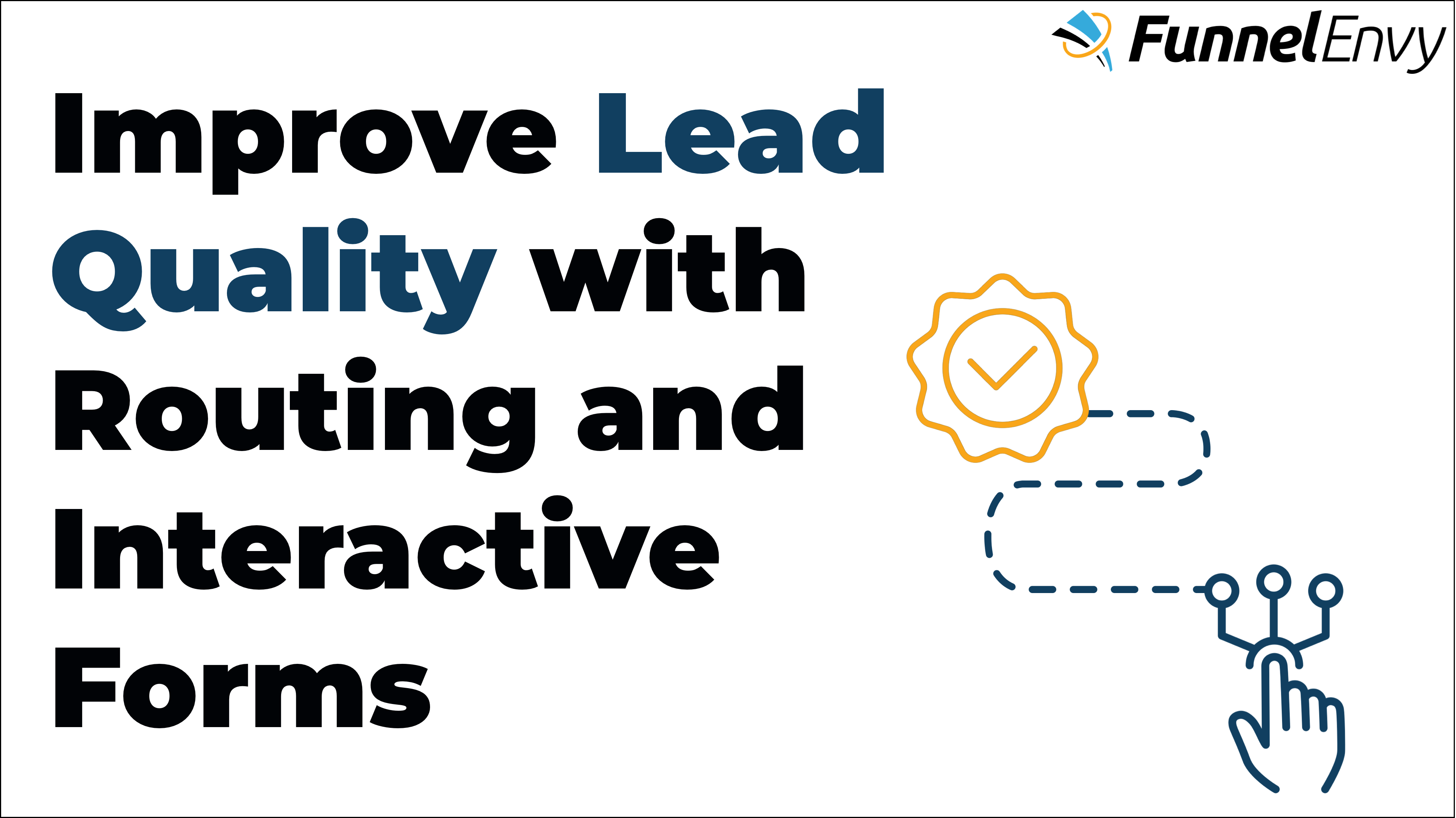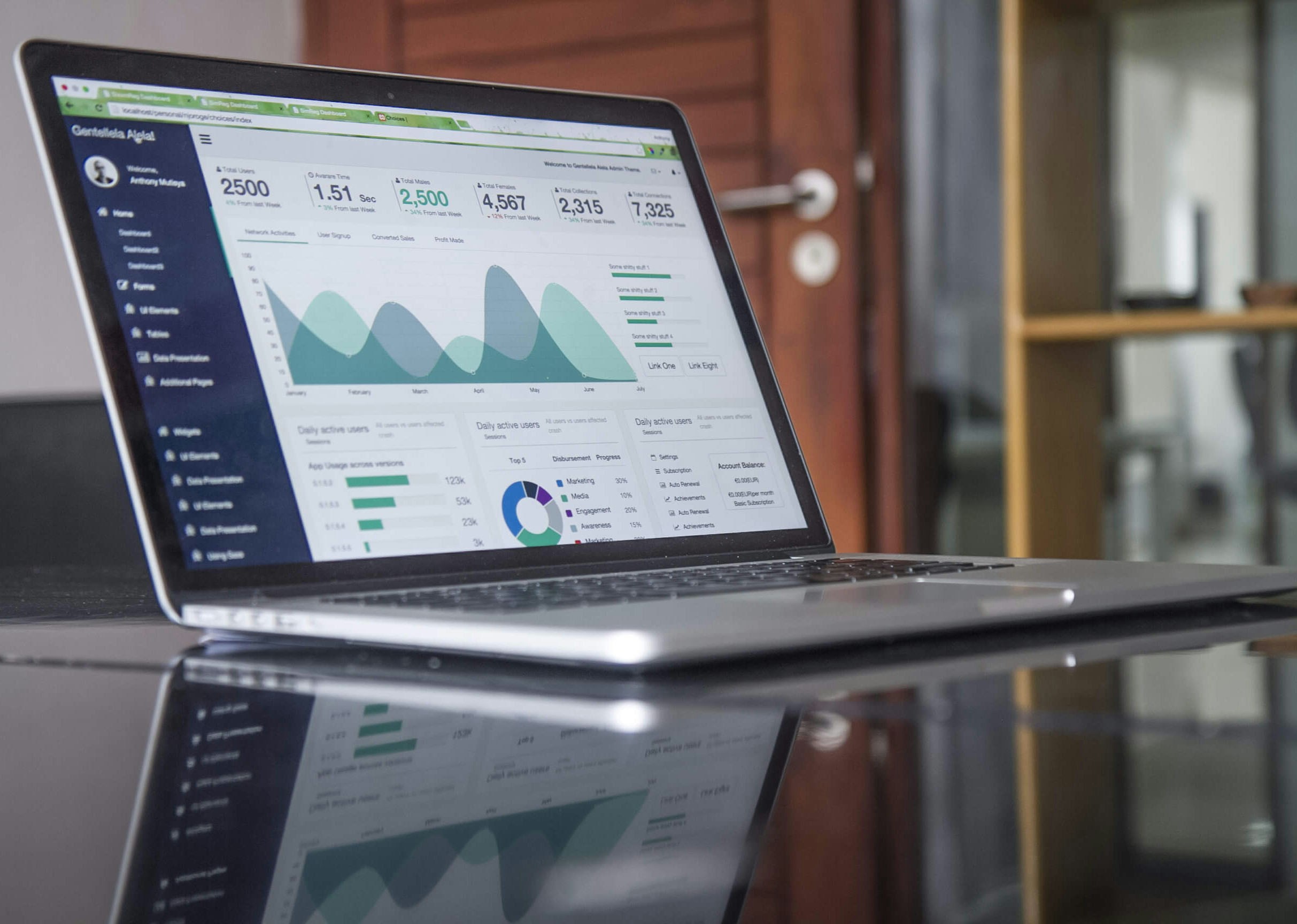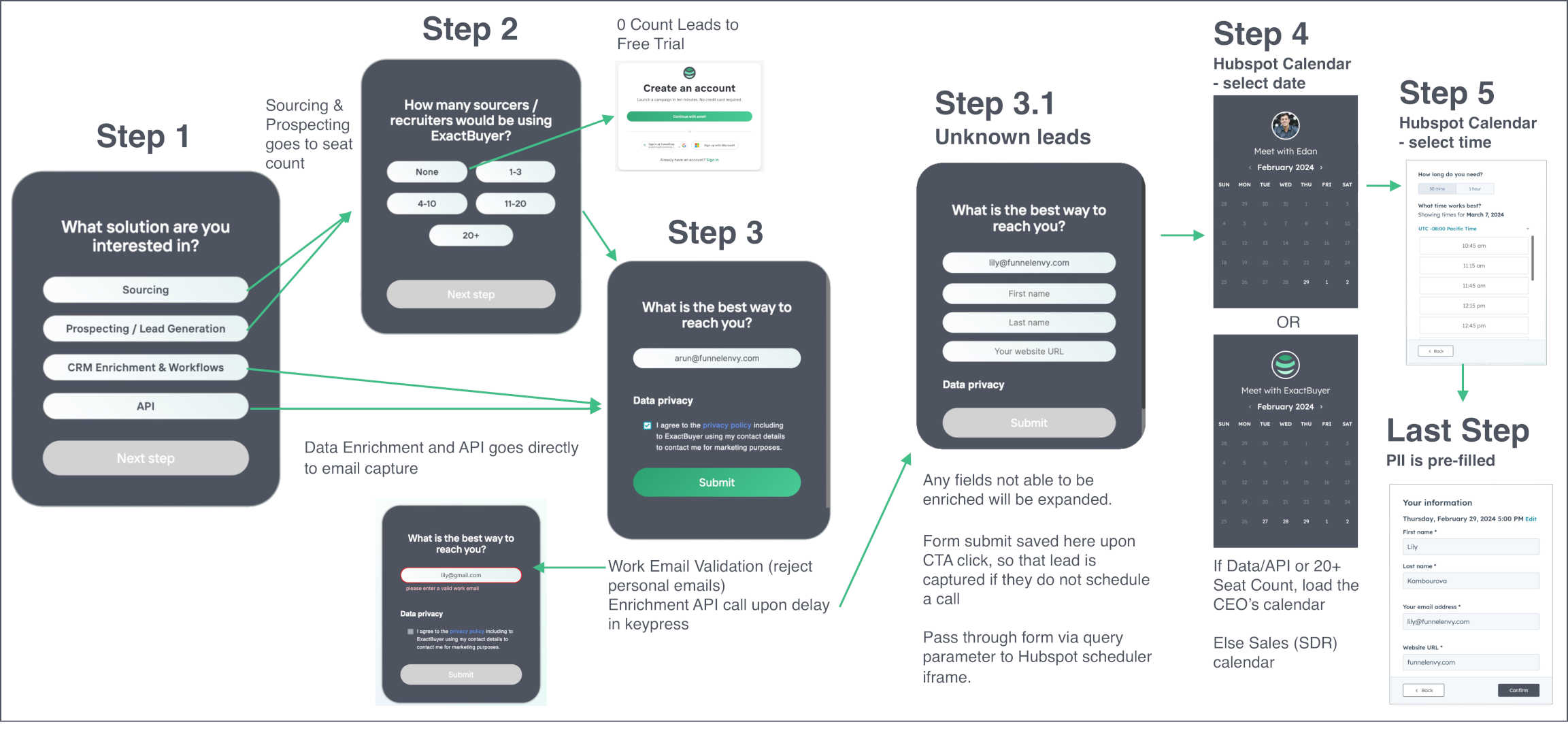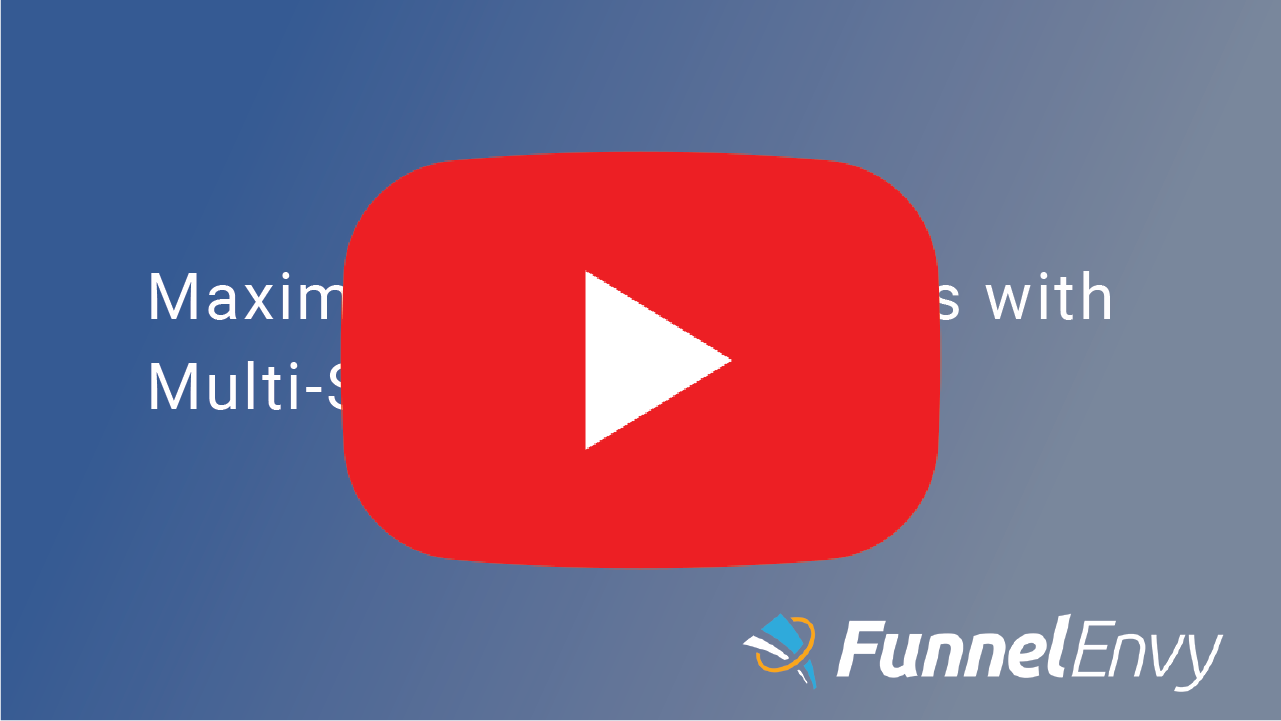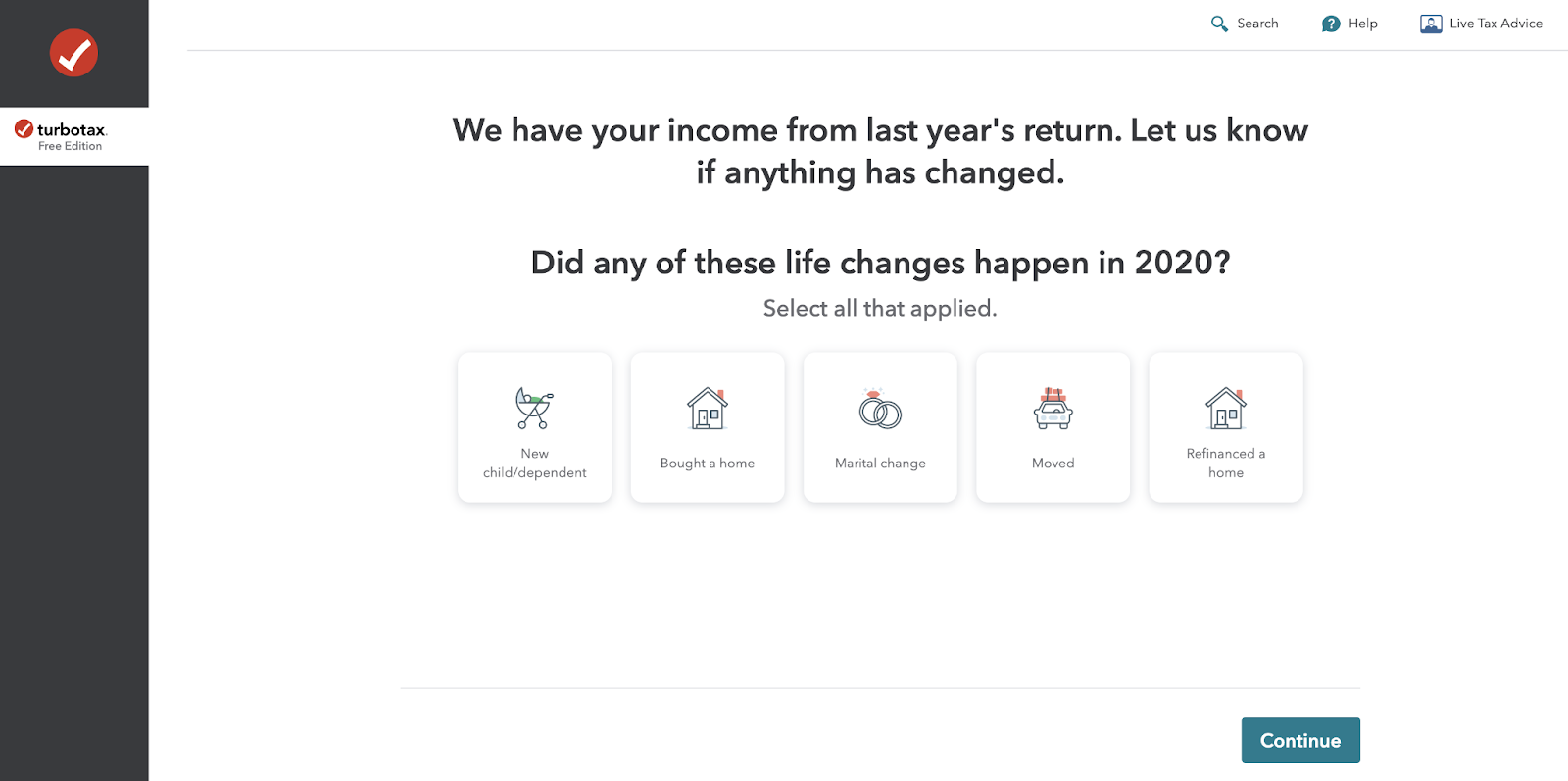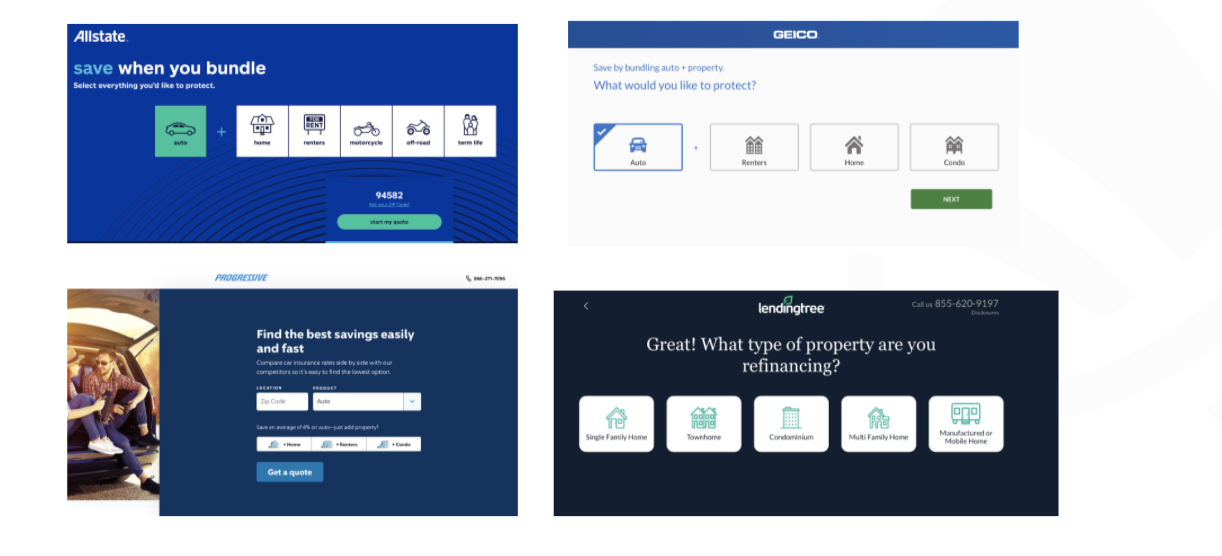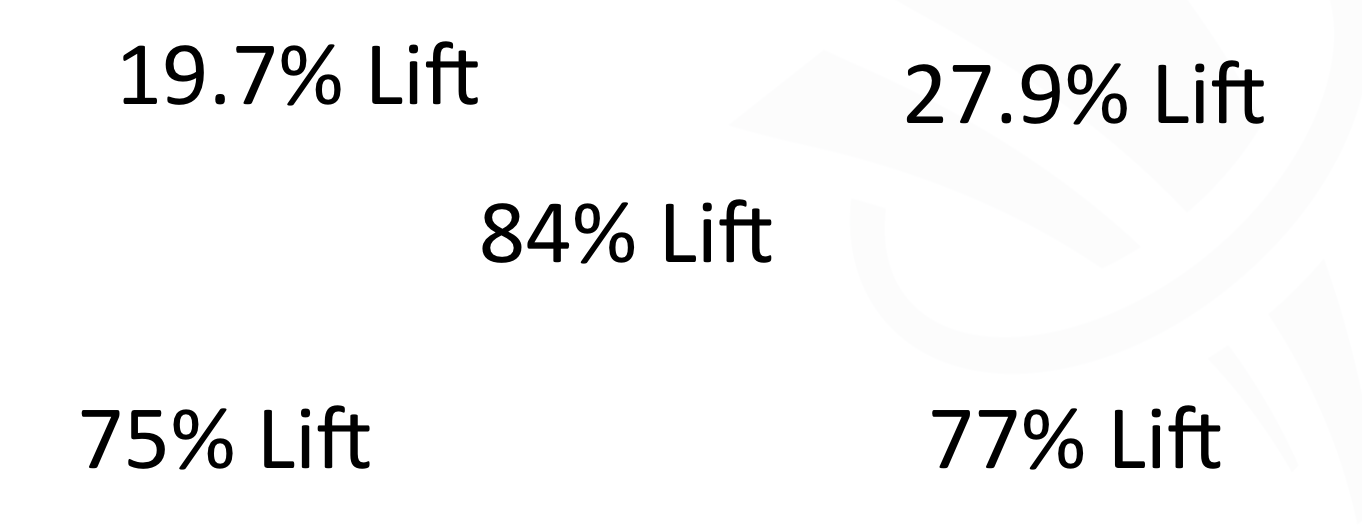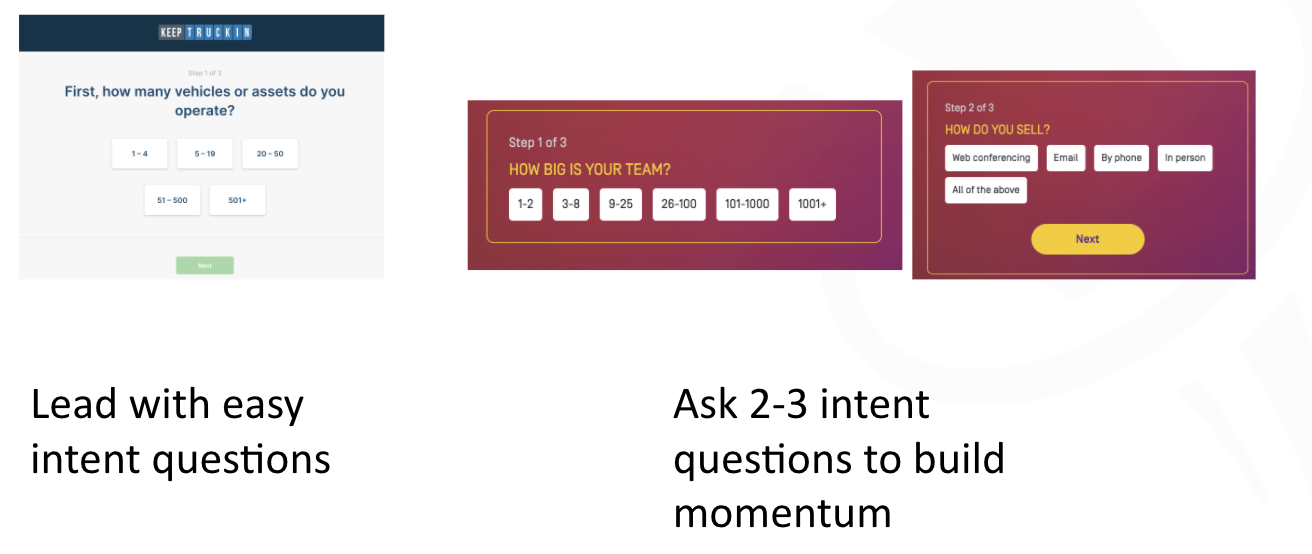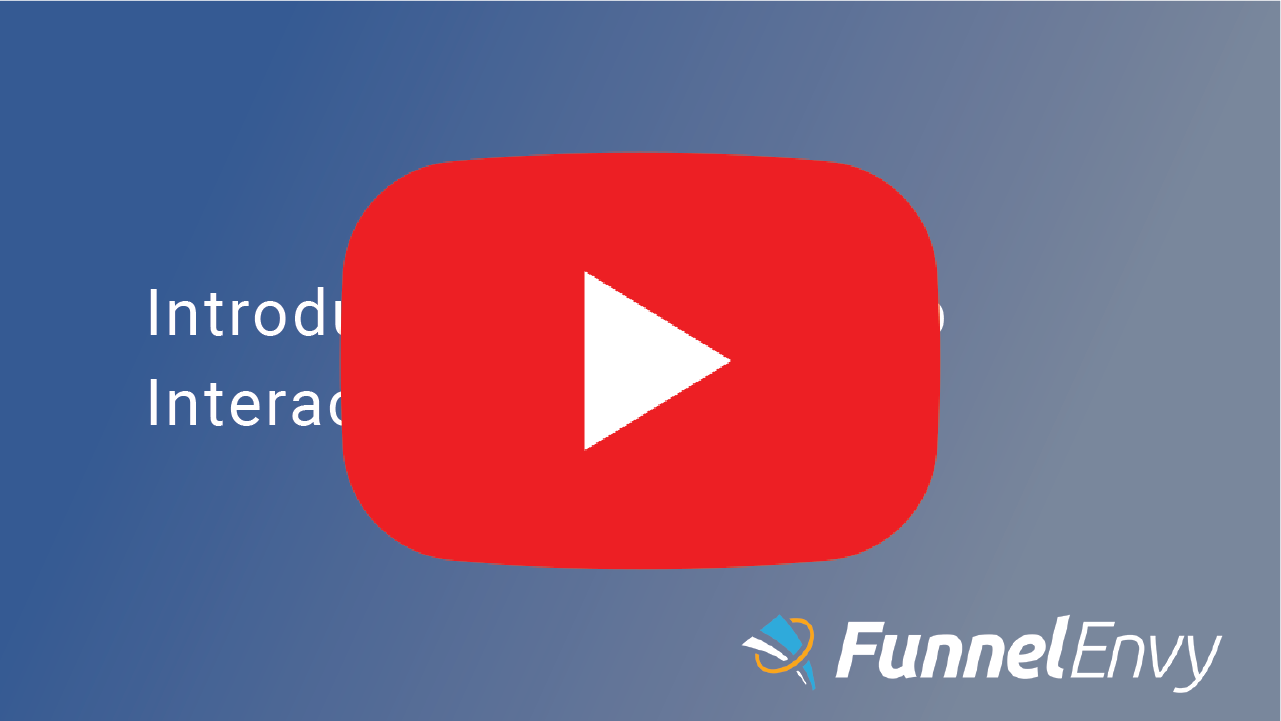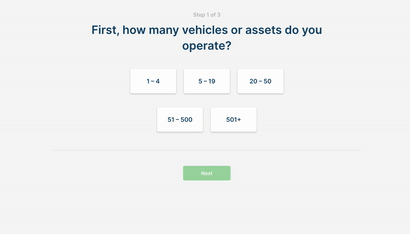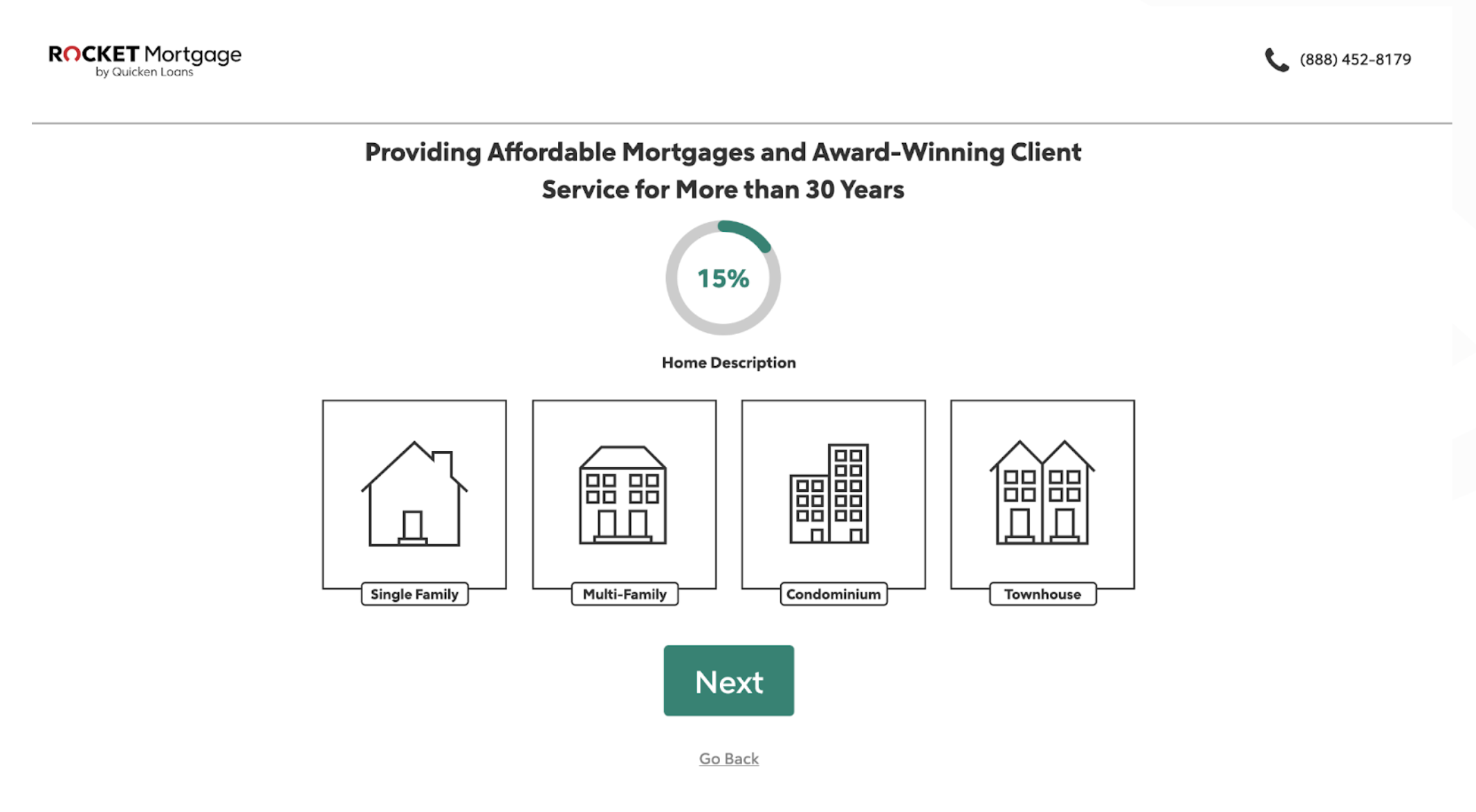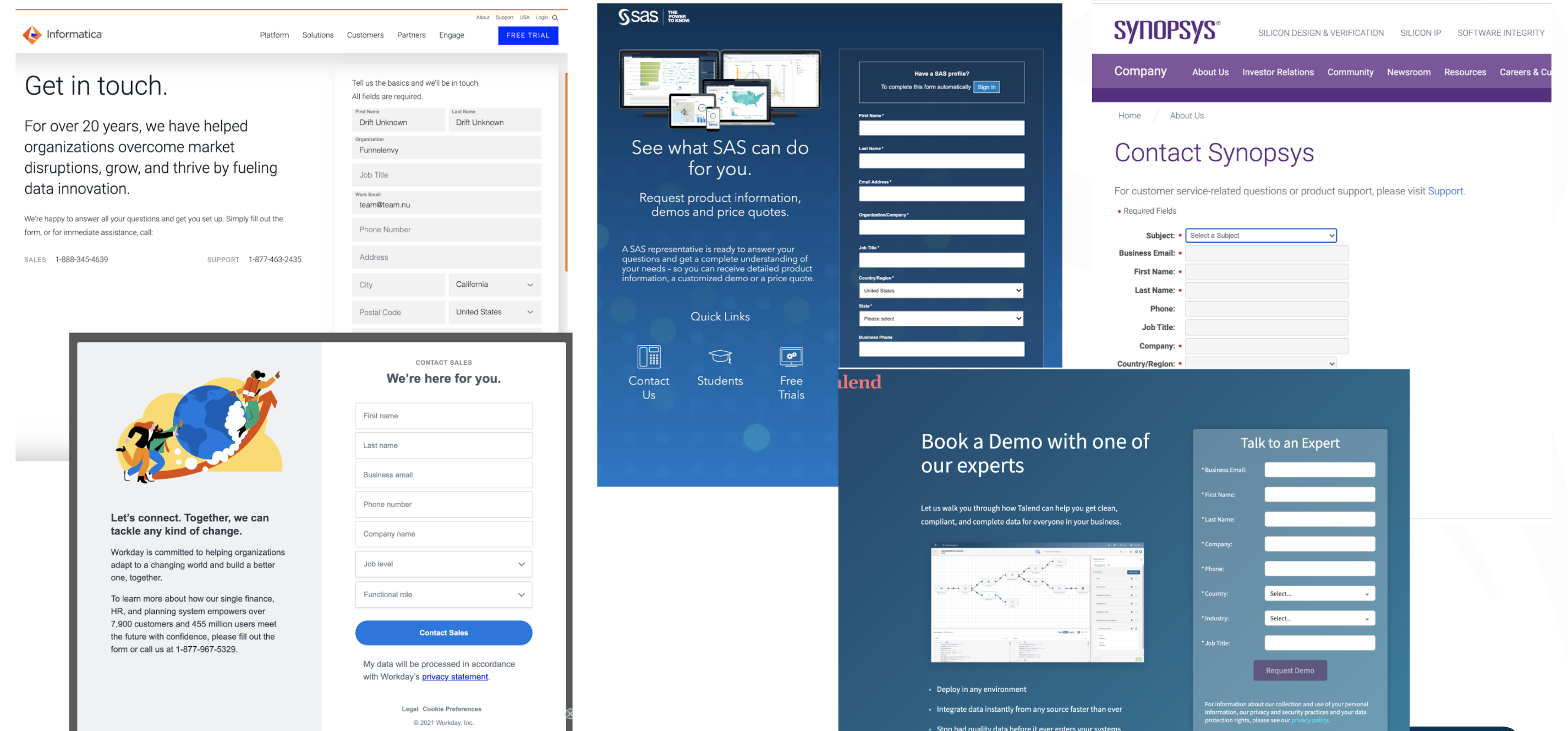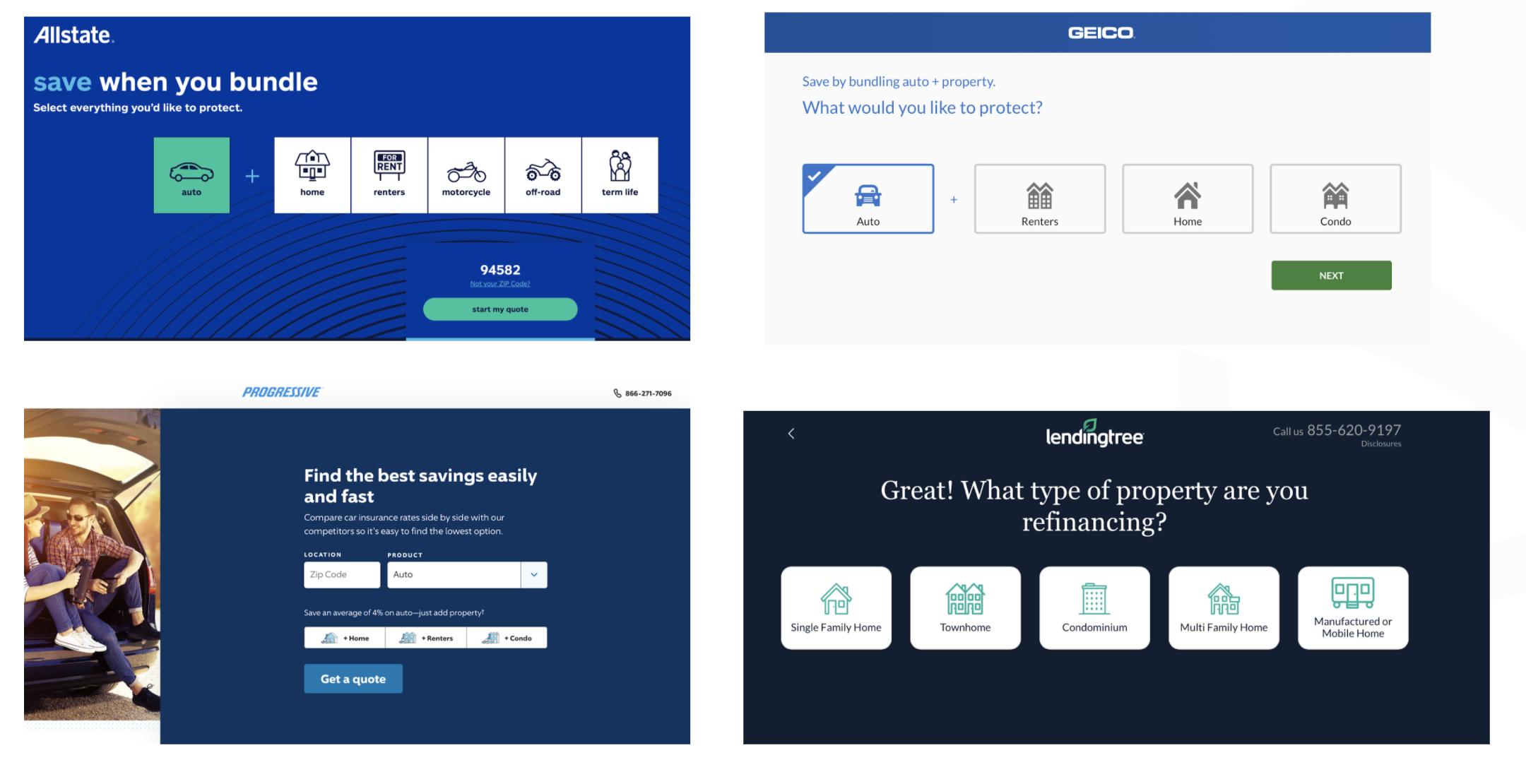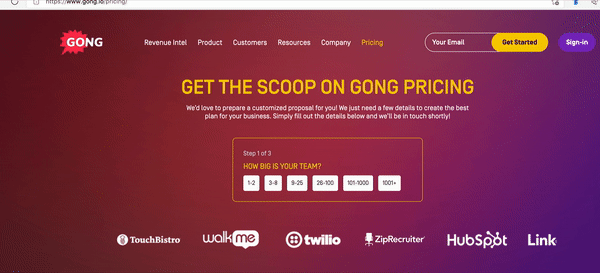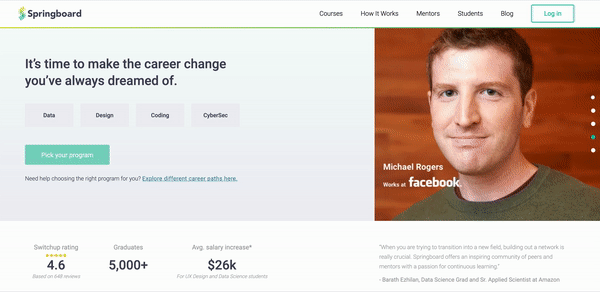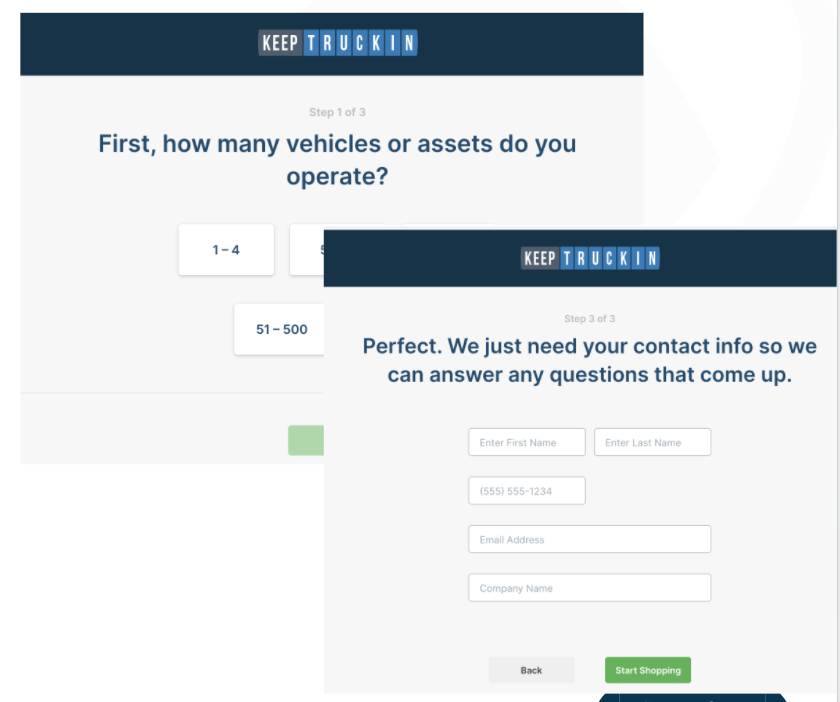Simplify Your B2B Lead Gen Forms to Reduce Abandonment Rates
In B2B marketing, lead generation forms are pivotal for converting website visitors into valuable prospects. Unfortunately, for many businesses, these forms represent friction that causes potential customers to click away. When users start filling out a form but fail to complete it, high abandonment rates can cost companies both leads and revenue.
The problem often boils down to complexity. Forms that ask for too much information, lack clarity, or are not user-friendly lead to frustration and disengagement. By simplifying lead gen forms, businesses can reduce abandonment rates and attract higher-quality leads.
This article explores why forms are abandoned and offers actionable strategies to streamline your forms for better results.
Understanding Why Forms Are Abandoned
Lead generation forms are meant to be the gateway to meaningful conversions. However, if they are not designed correctly, they become an obstacle. Users may abandon forms for several reasons, including:
Excessive Fields
Forms that ask for too much information can feel overwhelming or invasive. Studies show that conversion rates drop by up to 20% for every additional field beyond the essentials.
Poor User Experience (UX) Drives Leads Away
Confusing layouts, unclear instructions, and a lack of mobile optimization create unnecessary friction. Users who navigate lead generation forms with tiny fonts, confusing labels, or difficult-to-click buttons—especially on mobile—will quickly abandon the process. A smooth, user-friendly experience is essential to keeping prospects engaged.
The Problem with Data-Centric Forms
Traditional forms often focus on capturing as much data as possible, with the assumption that more information leads to better insights. In reality, bombarding users with excessive questions only adds friction and increases abandonment. Less is more when it comes to gathering data at the top of the funnel.
The Challenge of Multi-Step Forms
Lengthy, multi-step forms can be a major hurdle, particularly for prospects at the top of the funnel. Each additional step increases the likelihood of abandonment, and busy leads won’t tolerate complexity unless they see immediate value.
That said, multi-step forms can still be highly effective for complex processes, such as real estate financing applications or tax submissions. For guidance on getting multi-step forms right, check out our video for best practices and examples.
Asking the Wrong Questions
Not all questions are created equal. Traditional forms often include generic fields that add little value in identifying qualified leads. Modern forms must focus on collecting the correct information—data that helps personalize responses and ensure prospects align with your offering.
Lack of Clarity
Confusing instructions, unclear field labels, or vague form purposes can create uncertainty. If users don’t understand the value they’ll receive by completing the form, they hesitate to continue.
Understanding these pitfalls is the first step to creating forms that engage users rather than drive them away. Next, we’ll examine practical strategies for simplifying your forms and optimizing conversions.
Best Practices for Simplifying Lead Gen Forms
When it comes to B2B lead generation, less is often more. Simplifying your forms reduces abandonment rates and improves the quality of leads. Here are actionable best practices to streamline your forms for maximum effectiveness:
Keep Fields to a Minimum
Only ask for the information that’s essential at this stage. For most B2B forms, a name, email address, and company name are sufficient to start the conversation. Additional fields can always be added later as trust is built. A shorter form feels quicker, reduces user hesitation, and improves completion rates.
Create a Logical Flow
Organize your form to guide users intuitively from start to finish. Group related fields together, utilize clear labels, and use a clean, minimal layout to avoid confusion. For example, place “First Name” and “Last Name” next to each other instead of in separate rows.
Include Clear Instructions and Microcopy
It’s a fact that people (and businesses) don’t make decisions if they feel uncertain. Ambiguity kills conversions. Provide specific instructions that tell users exactly what’s expected in each field.
Microcopy—small bits of helpful text—can clarify expectations and increase certainty, such as:
“We’ll never share your email.”
“Enter your business email for a response within 24 hours.”
These reassurances build trust and reduce user anxiety.
Prioritize Mobile Optimization
With more B2B decision-makers engaging on mobile devices, responsive design is critical. Ensure your forms have the following characteristics:
- Load quickly on mobile.
- Have larger buttons and input fields for easy tapping.
- Require minimal scrolling to complete.
- Use mobile UX tips like using larger font sizes, avoiding too much zooming, and leveraging click-to-fill features.
A mobile-optimized form can dramatically reduce abandonment rates and make it easier for busy professionals to submit their information.
Add Autofill and Dropdown Options
Implementing autofill for standard fields like name, email, or company information can save users time and effort. Dropdown menus can simplify data entry, such as selecting an industry or team size.
Show the Value Upfront
Be clear about what users will gain by completing the form—whether it’s a free resource, a product demo, or access to valuable insights. A strong headline or brief supporting text like, “Get your free 30-day trial,” gives users a reason to follow through.
By implementing these best practices, businesses can create user-friendly forms that improve the user experience and reduce friction.
Testing and Iterating for Optimal Results
Simplifying your B2B lead generation forms is an ongoing process, and A/B testing is the key to continuous improvement. Here’s how to test and iterate effectively:
Run A/B Tests: Test one element at a time to identify what works best. For example:
- Field Count: Does reducing the number of fields improve conversions?
- CTA Text: Compare “Submit” versus “Get My Free Guide” to see which performs better.
Layout and Design: Test single-column forms against multi-column layouts.
Leverage Analytics Tools: Use tools like Google Analytics 4 (GA4), heatmaps (e.g., Hotjar, Crazy Egg), or form-specific analytics tools to understand user behavior. Look for data points such as:
- Which fields take the longest to complete?
- Where users drop off.
- How mobile and desktop completion rates compare.
These insights will help you pinpoint problem areas and refine your forms.
Monitor and Adapt Over Time
User behavior evolves, and so should your forms. Review performance metrics regularly and gather feedback from your sales team to ensure your forms align with audience expectations. For example, revisit your form’s mobile responsiveness if you notice a drop in mobile completion rates.
Testing and iterating aren’t just about improving the numbers—they’re about creating a frictionless experience that makes users confident about sharing their information.
Moving Ahead to Reduce Abandonment Rates
Simplifying your B2B lead generation forms is one of the most effective ways to reduce abandonment rates and boost lead quality. You can create intuitive, efficient, and conversion-focused forms by understanding why users abandon forms, adopting best practices for simplicity, and using A/B testing to refine your approach.
Remember, the goal is to remove as much friction as possible from the form submission process. Whether minimizing the number of fields, ensuring mobile responsiveness, or communicating value, each adjustment can make a meaningful difference in engagement.
If your business struggles with high form abandonment rates or low-quality leads, FunnelEnvy can help. Check out our video and learn how to elevate your lead generation game in 30 days using proven form plays from top marketers.
Our expertise in optimizing B2B lead generation forms ensures you capture more leads and the right ones. Contact FunnelEnvy today to start improving your lead generation results.

